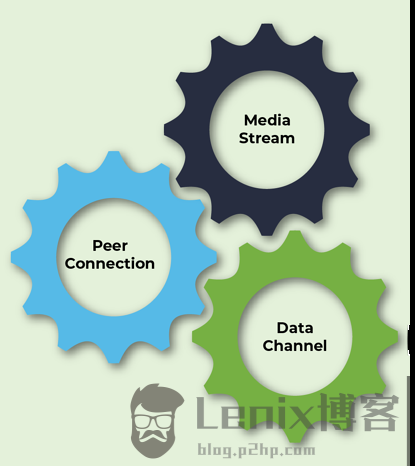
/LiveSwitch.io%20(v2)%20-%20Resources/LiveSwitch.io%20(v2)%20-%20Docs/LiveSwitch.io%20(v2)%20-%20Ultimate%20WebRTC%20Guide/webrtc-icon.svg) What is WebRTC?
What is WebRTC?
Web Real-Time Communications ( WebRTC ) is both an open-source project and a specification that supports real-time media communications, such as voice, video, and data natively transmitted between browsers and devices. This allows users to communicate in their main web browser without complex plug-ins or additional hardware.
The WebRTC project was first announced by Google in May 2011 as a means to develop a common set of protocols for enabling high-quality RTC applications in browsers, mobile platforms, and IoT devices. At the time, Flash and plug-ins were the only way to provide real-time communication. Two years later, after a lot of work, the first cross-browser video call was established between Chrome and Firefox. As more organizations add support for the specification, so does the developer community’s support for WebRTC. Today, WebRTC is available natively (to varying degrees) in Chrome, Firefox, Safari, Edge, Android, and iOS, and is a wildly popular tool for video calling.
WebRTC API
The WebRTC API has three main components, each of which plays a unique role in the WebRTC specification:…
The post The Ultimate Guide to WebRTC first appeared on Lenix Blog .
This article is reprinted from https://blog.p2hp.com/archives/9521
This site is for inclusion only, and the copyright belongs to the original author.